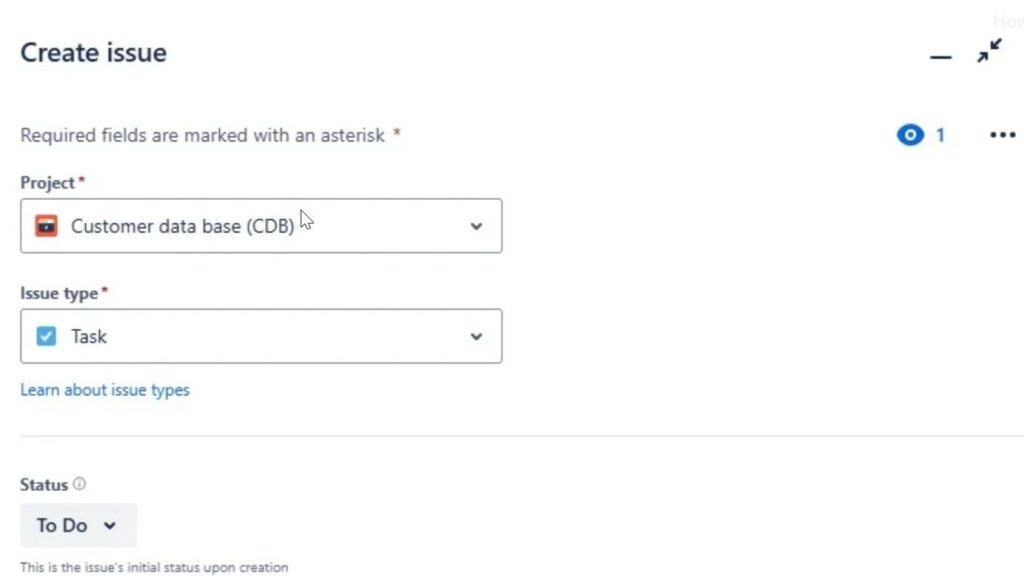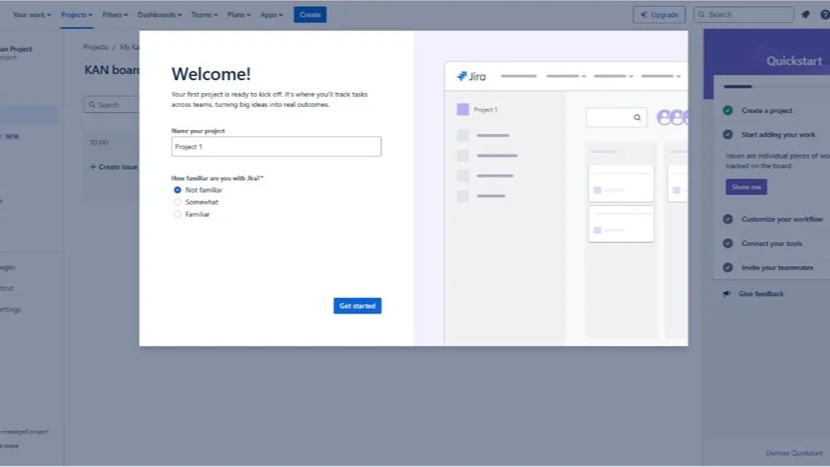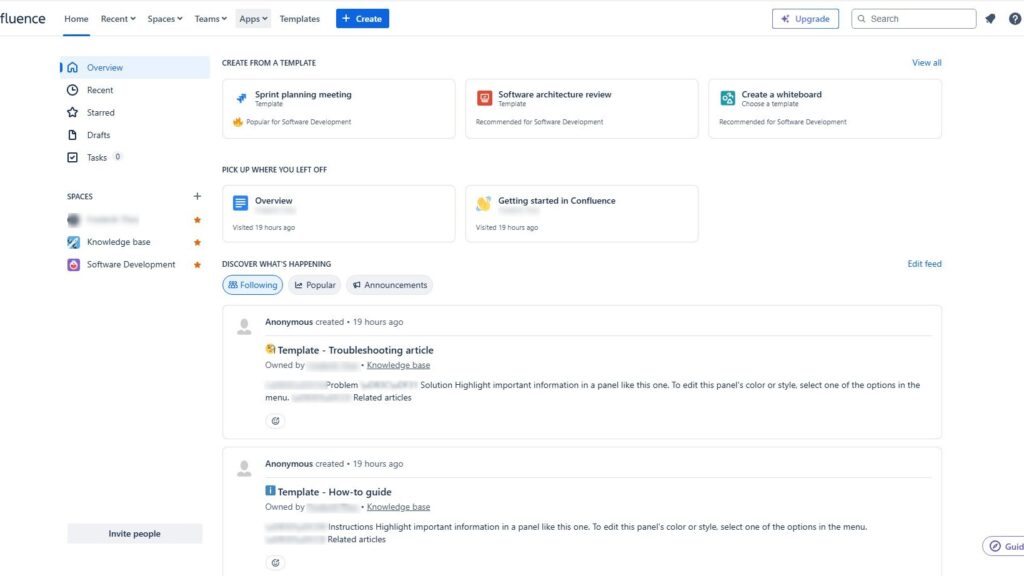Learning to create a Jira issue is essential for effective project management. It allows teams to track progress, report bugs, and manage tasks efficiently. Thus, whether you’re just getting started with Jira or need a quick refresher, this guide will walk you step by step through the process. By mastering how to create a Jira issue, you’ll improve organization, streamline workflows, and keep your projects moving forward with greater clarity and control.
What is Jira?
Jira is a powerful project management tool developed by Atlassian, designed to help teams plan, track, and deliver work efficiently. Originally created for bug and issue tracking, Jira has evolved into a versatile platform for managing e.g. agile projects, workflows, and tasks. Teams can create and assign issues, set priorities, and monitor progress in real time. With customizable boards and detailed reporting, Jira keeps projects transparent, organized, and aligned with team goals.
Step 1: Log in to Your Jira Account
Begin by logging into your Jira account. Ensure you have the necessary permissions to create issues in the project you are working on.
Step 2: Select the Project
Once logged in, navigate to the project where you want to create the issue. At this point, you can do this by selecting the project from the sidebar or the main dashboard.
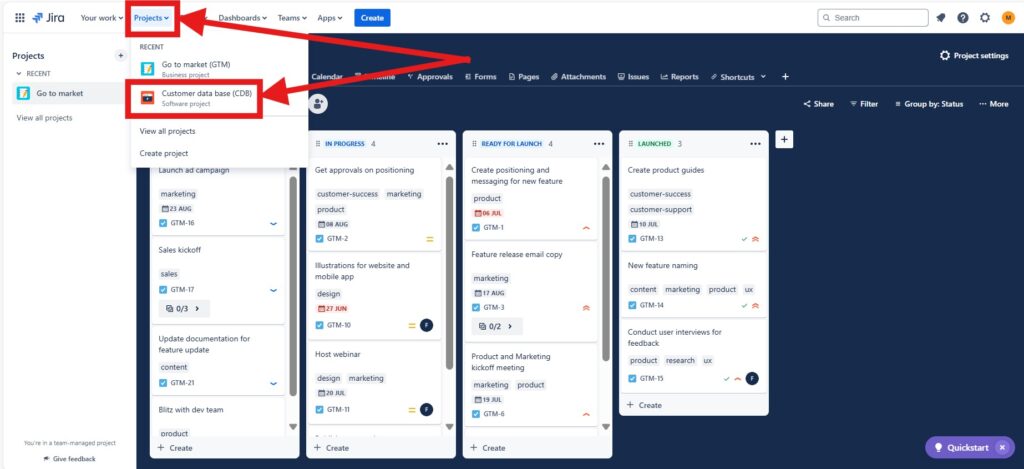
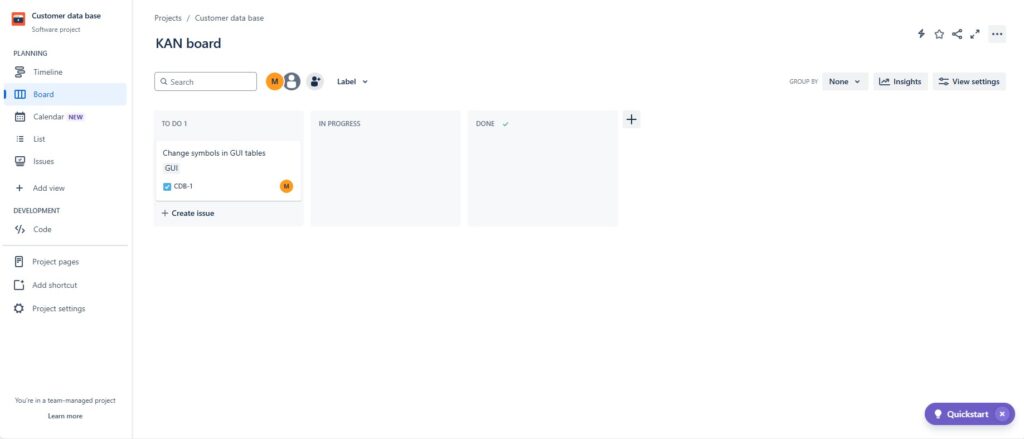
Step 3: Click on “Create”
On the top navigation bar, you will find a “Create” button. Click on it to open the issue creation dialog.

Step 4: Fill in the Issue Details
The issue creation dialog will prompt you to enter various details. Here’s a breakdown of the fields you need to fill:
- Project: Ensure the correct project is selected. It depends to your working environment how many projects you work on.
- Issue Type: Choose the type of issue you want to create, such as Bug, Tas>k, Story, etc.
- Status: Choose if the task is still “ToDo” or “Done” yet.
- Summary: Enter a brief summary of the issue. This is a mandatory field.
- Description: Provide a detailed description of the issue. Include all relevant information to help the assignee understand the task.
- Assignee: Assign the issue to a team member. You can also leave it unassigned.
- Labels: Add any labels to categorize the issue.
- Parent: Pick an “Epic” you want to declare as a parent section.
- Reporter: Declare to whom changes of this issues should be reported to. This is a mandatory field. You are picked as a default option.
- Attachments: Attach any relevant files or screenshots.
- Linked Issues: Here you can link other issues to your new issue.
- Flagged: You can flag if there are impediments to this issue.
- Create another issue: After completion you can create another issue directly.
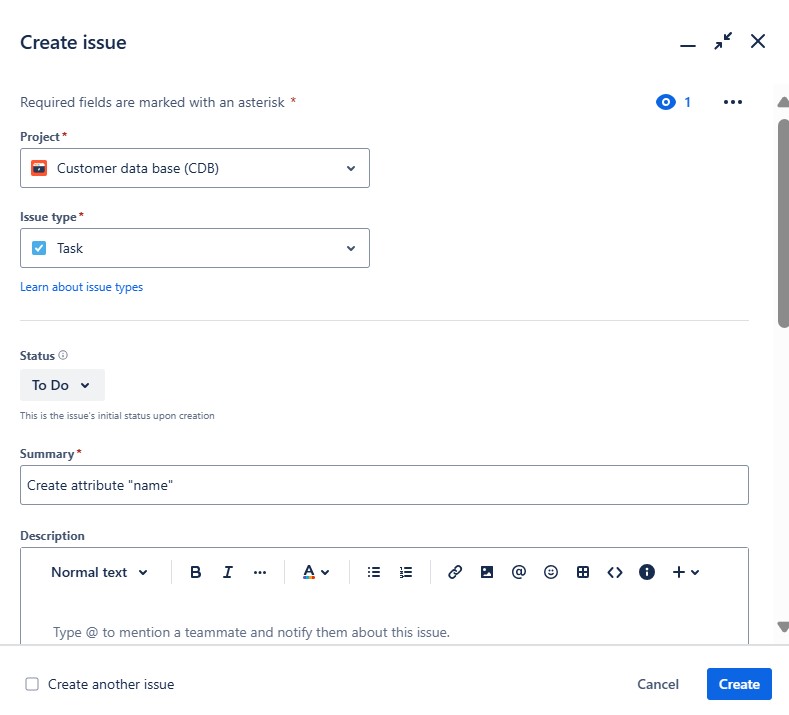

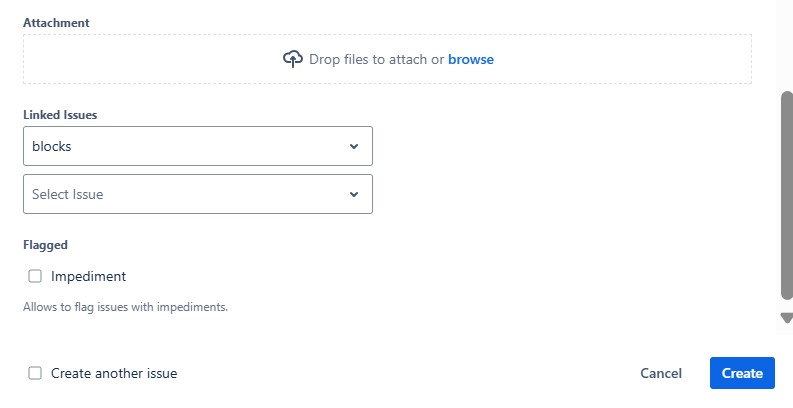
Step 5: Save Your Issue
After filling in all the required fields, click on the “Create” button at the bottom of the dialog. Your issue will be created and assigned an ID.
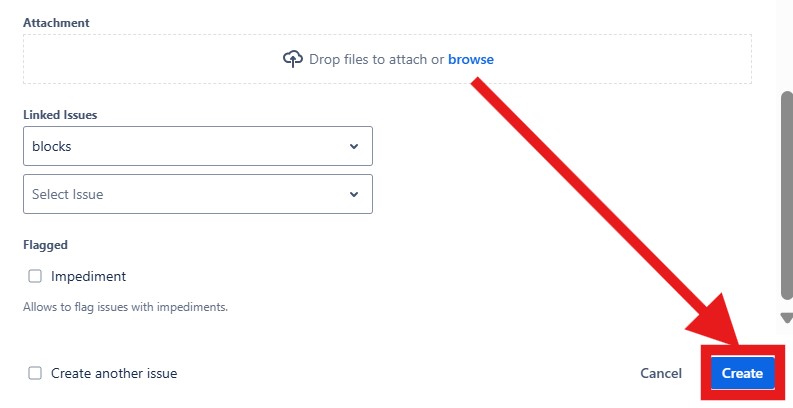
Step 7: Review and Track the Issue
Once the issue is created, you can view it in the project’s backlog or board. Monitor the progress, add comments, and update fields as the work progresses.
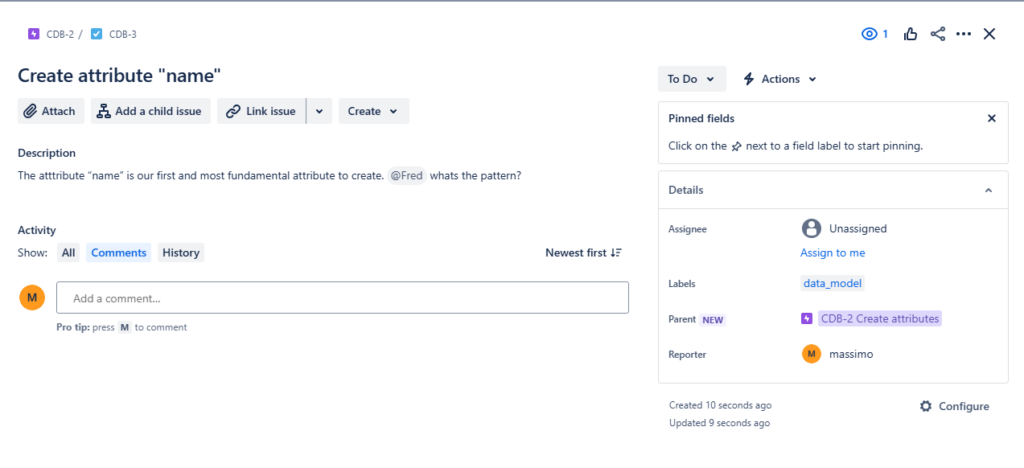
Tips for Creating Effective Jira Issues
- Be Clear and Concise: Ensure your summary and description clearly state the problem or task, i.e. avoid jargon and ambiguity.
- Use Screenshots: Visual aids can help clarify the issue, especially for bugs and UI/UX tasks.
- Set Realistic Priorities: Assign priorities based on the impact and urgency of the issue.
- Collaborate: Use comments to communicate with team members and keep the issue updated with relevant information.
Creating a Jira issue is a straightforward process that, when done correctly, can significantly enhance your team’s workflow and productivity. By following these steps, you’ll ensure that issues are well-documented and actionable, making it easier for your team to tackle them efficiently.
Conclusions
By following this guide, you can streamline the process of how to create an issue in Jira, ensuring that your project management is both effective and efficient. Happy issue tracking!
What’s Next?!
Now that you know what Jira is and how it supports project management, it’s time to explore why it’s worth using. In my next article, Why Should I Use Jira?, I’ll dive into its biggest advantages—from improving team collaboration to boosting efficiency and visibility. Moreover, you’ll learn how Jira adapts to different workflows and project types. Let’s take the next step and discover why Jira has become a must-have tool for modern teams.
| Read more about Confluence and How to |
|---|
| Create a Space in Confluence Access Confluence and Jira for free Use shortcuts in Confluence Assign a task in Confluence Create a Confluence space from a template |
| Read more about Business Process Modeling and Notation (BPMN) |
|---|
| Exclusive Gateways in BPMN 2.0: Clear and Simple Parallel Gateways in BPMN 2.0: Understanding and Using Them Effectively Event-Based Gateways in BPMN 2.0: A Practical Guide Complex Gateways in BPMN 2.0: A Simple Guide |


